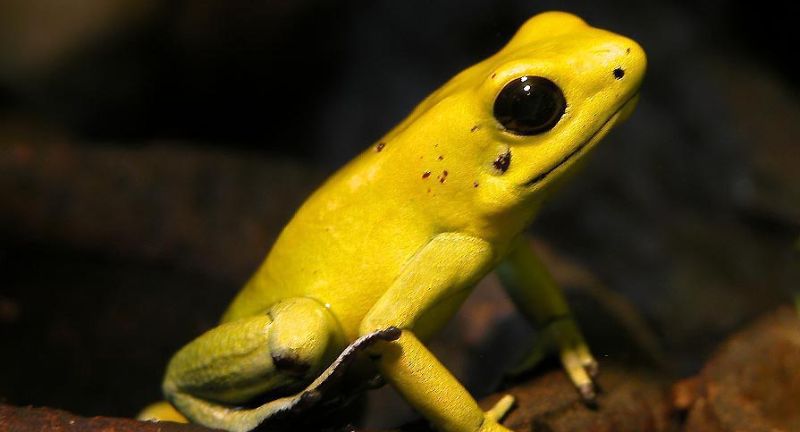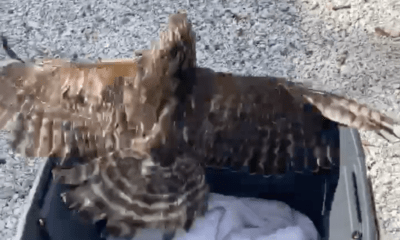ANIMALS
Scientists Hope To Harness Virus To Combat Fungus Driving Frogs And Toads To Extinction
Published
3 months agoon

More From Local News X
-


More: Red Tide Hits Southwest Florida Washing Hundreds Of Dead…
-


Michigan: Surveillance Camera Catches Individual Abandoning Two Injured, Underfed Puppies…
-


Rehabilitated Red-Shouldered Hawk Released By Conservancy Of Southwest Florida (1/5/24)
-


T-Rex, Trinity, Skeleton Sells for Approx. $6 Million at Auction…
-


Amur Tiger Brothers Luka and Dmitri Celebrate Their 2nd Birthdays…
-


Chimps & Great Apes Celebrate St. Patrick’s Day At Zoo…
-


Snake Seen Under/Inside Speeding Car on I85 in Valley, AL…
-


Five French Bulldog Puppies Stolen During Apartment Break-In
-


Mama Bear Shows Her Cubs How To Swim In California…
-


Rare Gray Whale Sighting Off New England Coast Attributed To…
-


5 Gray Wolves Released In Colorado As Reintroduction Effort Begins
-


Listen up! River otters communicate through a variety of vocalizations,…
